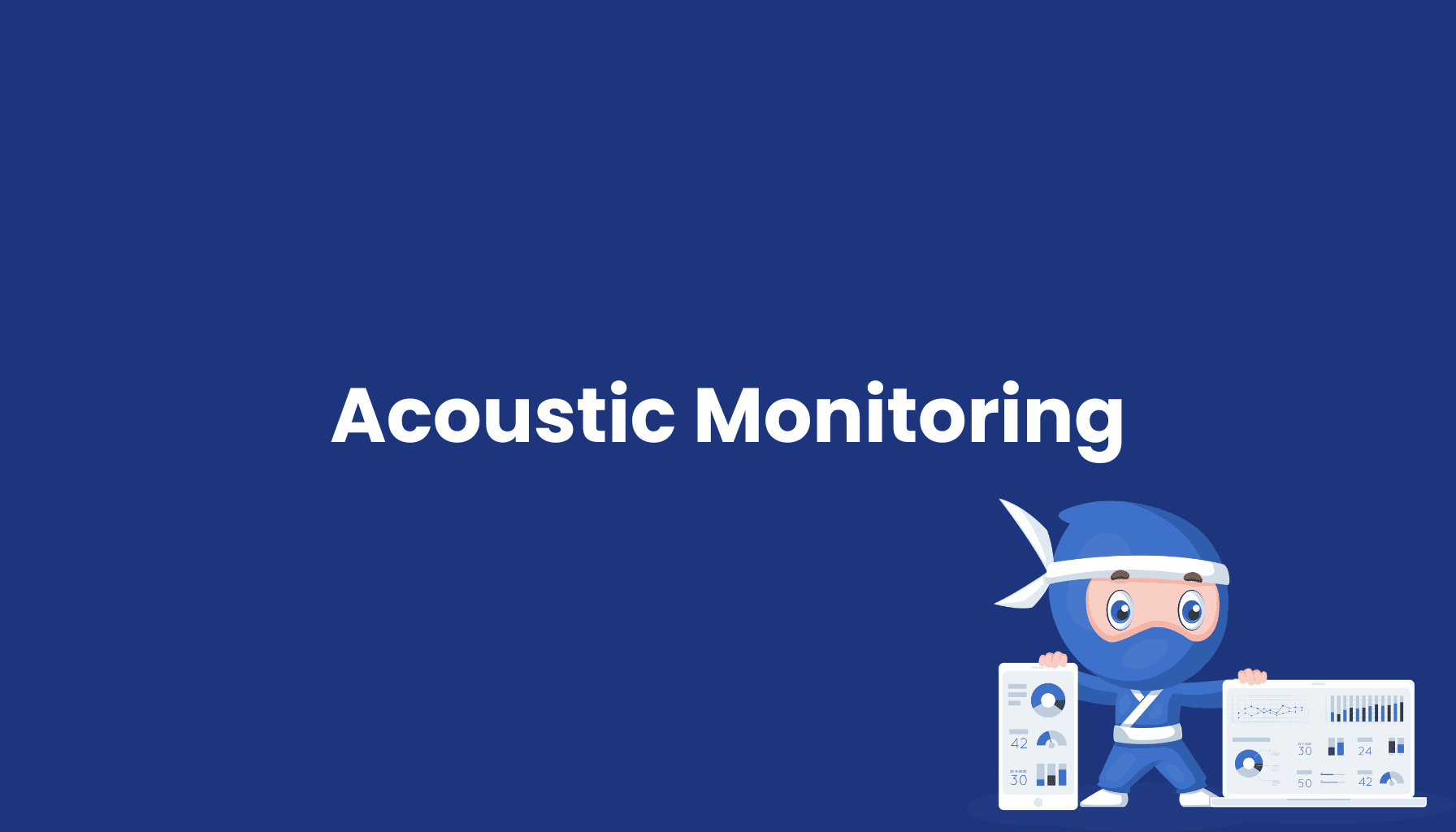Acoustic Monitoring

What Is Acoustic Monitoring in Industrial Manufacturing?
Acoustic Monitoring refers to the systematic collection and analysis of acoustic signals for condition monitoring in manufacturing processes. This precise measurement technology enables the early detection of process deviations and machine defects through continuous analysis of sound emissions in the production environment.
Metrological Foundations
The implementation of Acoustic Monitoring is based on high-precision sound capture:
Fundamental Measurement Components:
- Highly sensitive microphone array systems
- Broadband vibration sensors
- Spectral analysis units
- Signal processing systems
This systematic measurement technology enables detailed acoustic process analysis.
Analysis Methodology
The evaluation of acoustic signals is conducted through:
Analytical Methods:
- Frequency spectrum analysis in the range of 20 Hz - 100 kHz
- Wavelet transformation for time series analysis
- Pattern recognition in sound emissions
- AI-based anomaly detection
Performance Standards
The evaluation aligns with metrological requirements:
Quality Criteria:
- Signal resolution >24 Bit
- Sampling rate >192 kHz
- Detection accuracy >95%
- Response time <100ms
System Integration
Modern Acoustic Monitoring incorporates:
Technological Components:
- Real-time signal processing
- Edge Computing for local analysis
- Cloud-based data aggregation
- Intelligent filtering algorithms
Application Areas
Key application fields include:
- Wear monitoring of machine tools
- Quality control in manufacturing processes
- Condition monitoring of drive systems
- Process optimization in production
The systematic implementation of Acoustic Monitoring enables a reduction of unplanned downtime by 30-40% and an improvement in maintenance efficiency by 25-35% through precise early detection of anomalies in industrial manufacturing processes.





